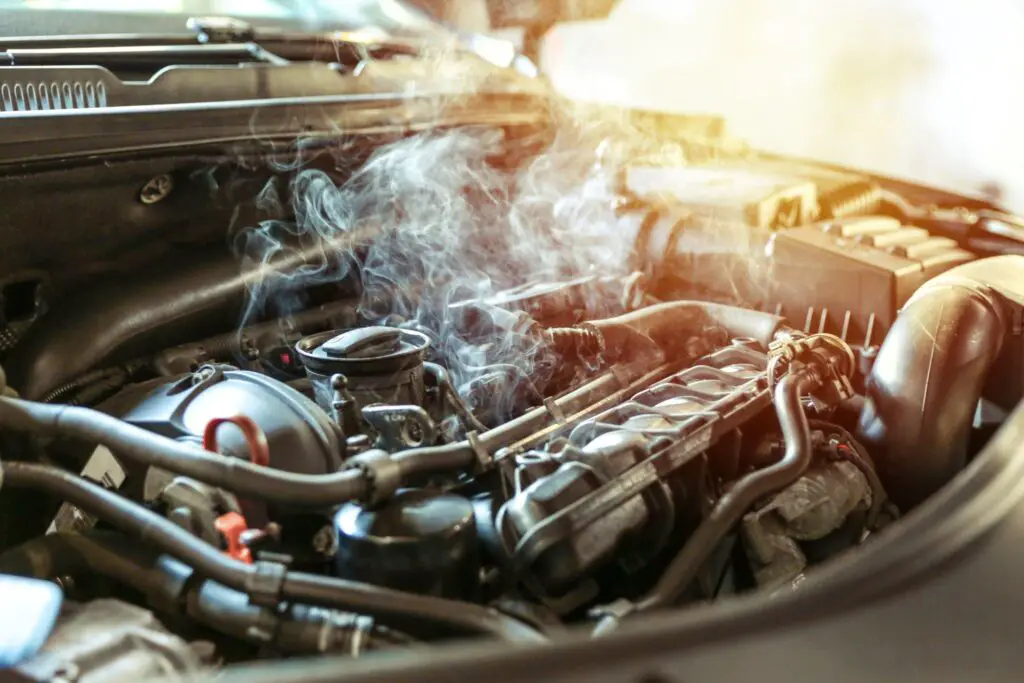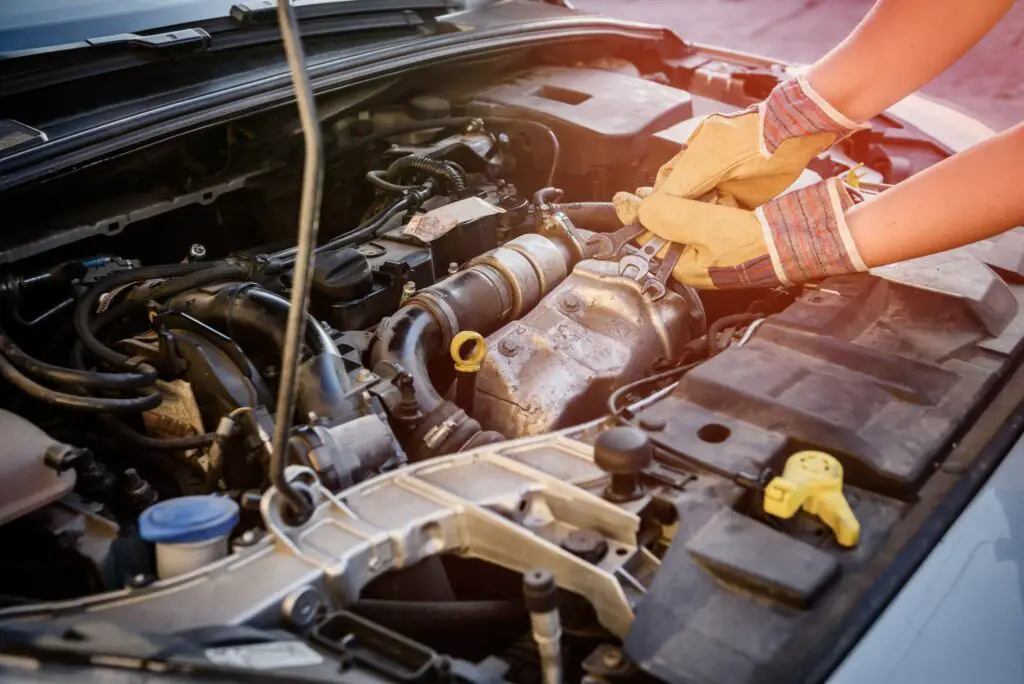Overheating is a common issue that car owners may experience, and it can be frustrating when the cause is not immediately fixed. One possible scenario is when a car owner has replaced the thermostat and water pump, but the car is still overheating. This can be a mystery, as these two components are often responsible for regulating the engine’s temperature. Here, we will discuss some possible causes of why car still overheating after replacing thermostat and water pump?
Possible Causes Why my Car is Overheating Despite Replacing the Thermostat and Water Pump

- A blocked radiator: The radiator is responsible for dissipating heat from the engine, so if it is blocked by debris or other contaminants, it may not be able to do its job effectively, leading to overheating.
- A leaking head gasket: The head gasket is responsible for sealing the combustion chamber and preventing coolant from leaking into the engine. If the gasket is damaged or worn, it may allow coolant to leak into the engine, causing overheating.
- A faulty radiator fan: The radiator fan blows air across the radiator to help dissipate heat. If the fan is not working properly, the radiator may not be able to dissipate heat effectively, leading to overheating.
- Low coolant level: Low coolant levels disables the ability to absorb and dissipate heat effectively, leading to overheating.
- Air in the cooling system: Trapped air in the cooling system can prevent the coolant from flowing freely, leading to overheating.
- A damaged or worn-out thermostat: Even though you just replaced the thermostat, it’s still possible that it was faulty and is still causing the overheating.
It’s important to have a professional mechanic diagnose the problem and confirm the cause of the overheating. They can run tests and check the system to determine the specific cause of the problem and recommend the appropriate repairs.
Solutions To Car Overheating Despite Water Pump And Thermostat Replacement

To check for damaged or malfunctioning parts in the cooling system, there are a few steps you can take:
- Check for leaks by inspecting the hoses, clamps, and connections in the cooling system for any signs of leakage. Check the coolant level in the reservoir and look for any signs of coolant on the ground or under the car.
- Check for air pockets using a pressure tester on the system or release the air manually by opening the bleed valve.
- Inspect the radiator by looking for any signs of damage, such as leaks, corrosion, or blockages.
- Check the fins for any bent or damaged sections.
- Verify that the water pump and thermostat are functioning properly and that they were installed correctly.
- Make sure the fan is working properly and is not obstructed. Once you have identified any damaged or malfunctioning parts, you can repair or replace them as necessary.
- Replace the damaged hose or clamp and tighten all connections. Bleed the air pockets from the system by opening the bleed valve.
- If the radiator is damaged, it will need to be replaced. If it is clogged, clean it or flush it to remove the blockage. If the water pump or thermostat is not functioning properly, it will need to be replaced. If the fan is not working, check the wiring and connections, or replace the fan motor.
Use high-quality parts, and if you’re unsure about how to repair or replace the parts, it’s best to consult with a professional mechanic.
Read Also: Does Freon Evaporate Over Time in A Car? Find Out Now
Risks Of Car Overheating
The risks of car overheating include engine damage, warping or cracking of the cylinder head or engine block, and a decrease in the overall performance and efficiency of the vehicle. Overheating can also lead to a loss of coolant, which can cause the engine to seize or suffer other serious damage. In extreme cases, an overheated engine can even catch fire. It’s important to address any warning signs of overheating, such as the temperature gauge rising, steam coming from under the hood, or warning lights on the dashboard, as soon as possible to prevent these risks from occurring.
Verdict
We hope now you have the answer, why is car still overheating after replacing thermostat and water pump? You know and understand the common causes include a blocked radiator, a leaking head gasket, a faulty radiator fan, a low coolant level, or clogged air in the cooling system. To prevent the problem, it’s important to check them regularly, and better to have a professional mechanic diagnose and repair the problem.
Our Popular Post:
What If I Accidentally Put Premium Gas Into My Car?
The Essential Guide to Blown AC Fuse In Car Symptoms
Is it OK to Sit in Car with AC On? Here’s the Answer
Blown Fuse Car Won’t Start? Here’s What You Need to Know
Can I Apply Clear Coat the Next Day? The Ultimate Guide
What to Do When Your Battery Light Stays On After Key Pulled?


